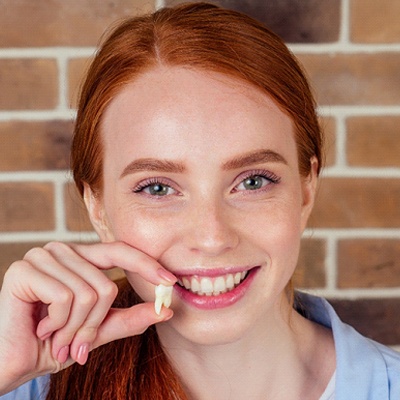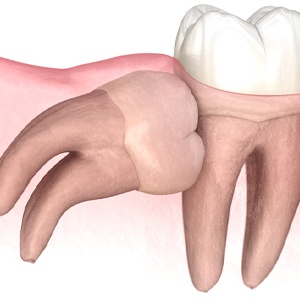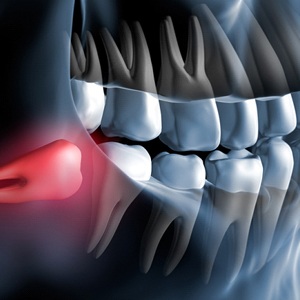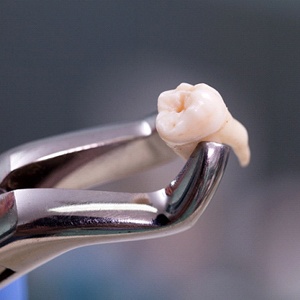 Serving McKinney, Frisco & Prosper
Serving McKinney, Frisco & Prosper
Wisdom Tooth Extractions | McKinney, TX
Protect Your Health by Removing Your Third Molars
The vast majority of people – about 85% -- end up needing a wisdom tooth extraction at some point in their lives. At TriCorner Dentistry, we’ll do everything we can to make the procedure as efficient and comfortable as possible. If you have a teen or a young adult in your family, it could be nearly time for them to have their extra teeth removed; contact our practice to ask about wisdom teeth extractions in McKinney and other restorative procedures.
What are Wisdom Teeth?

The wisdom teeth are also called third molars, and they’re the last set of permanent teeth to erupt. They usually come in between ages 16 and 25, but because they’re so late, there probably won’t be enough room for them. They’ll often end up becoming trapped under the gum line as a result, causing swelling and tenderness. In other cases, wisdom teeth might only partially erupt or come in crooked, and that can lead to painful crowding and leave you more vulnerable to tooth decay and gum disease.
Why Do Wisdom Teeth Need to Be Removed?

Wisdom teeth need to be removed if they become impacted or are more likely than not to cause other oral health issues. This could include:
- Damage to the other teeth
- Damage to the jaw
- Sinus pain, pressure and congestion
- Cavities and inflamed gums
- Tooth misalignment
Do All Wisdom Teeth Need to Be Removed?

Despite what you might think, wisdom teeth don’t always have to be extracted. While they can cause severe pain and permanent damage if they’re impacted or partially impacted, they can sometimes fully erupt in a proper position. In those cases, there’s no need to remove them. However, to keep your wisdom teeth, you need to be able to keep them healthy. That means you should be able to brush and floss them as well as your other teeth; if this isn’t possible, it could put you at risk for cavities later down the road.
Does Insurance Cover Wisdom Teeth?

Most of the time, your insurance will cover up to half of a wisdom tooth procedure if it’s determined to be medically necessary. Some carriers might have a cap on what they’ll pay annually, so it’s a good idea to review your policy and make sure you completely understand your benefits.
The Extraction Procedure
We use a gentle form of anesthesia during wisdom teeth extractions that will allow you to sleep through the surgery; you won’t even remember it afterwards. We’ll make a small incision in your gums so that we can access the tooth. Sometimes we might have to divide it into sections to remove it safely. Afterwards we’ll clean the site and put stitches on the wound.